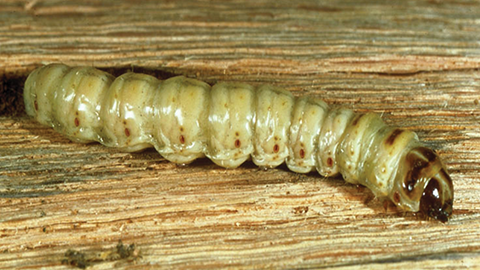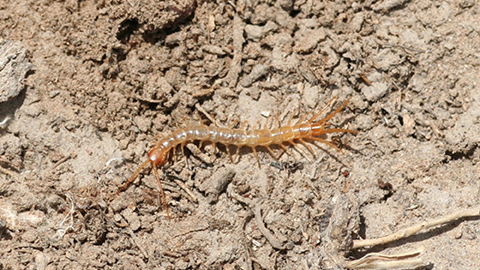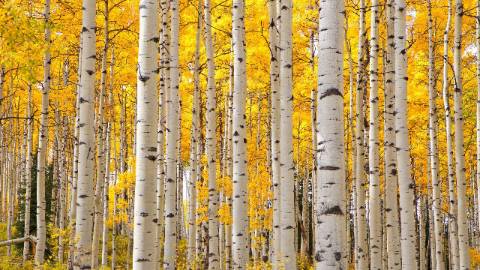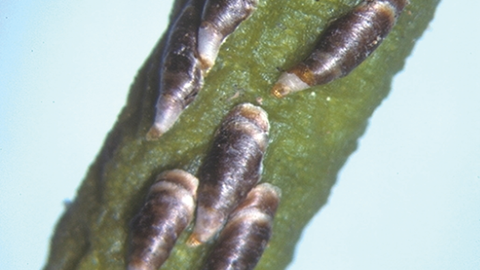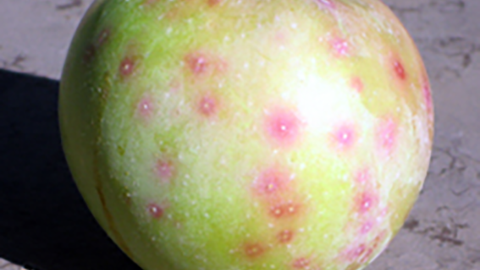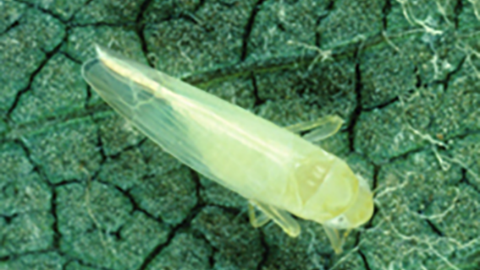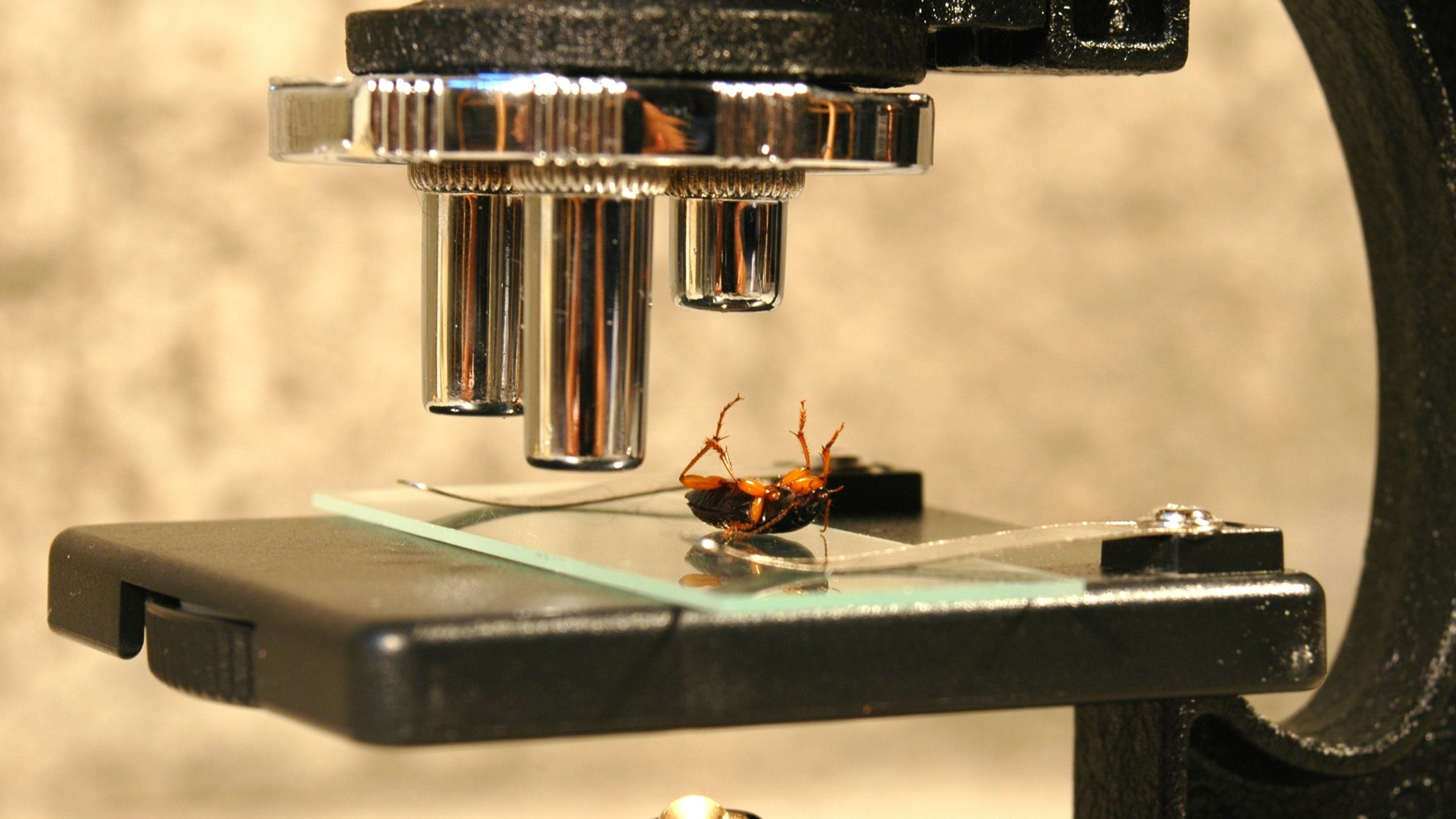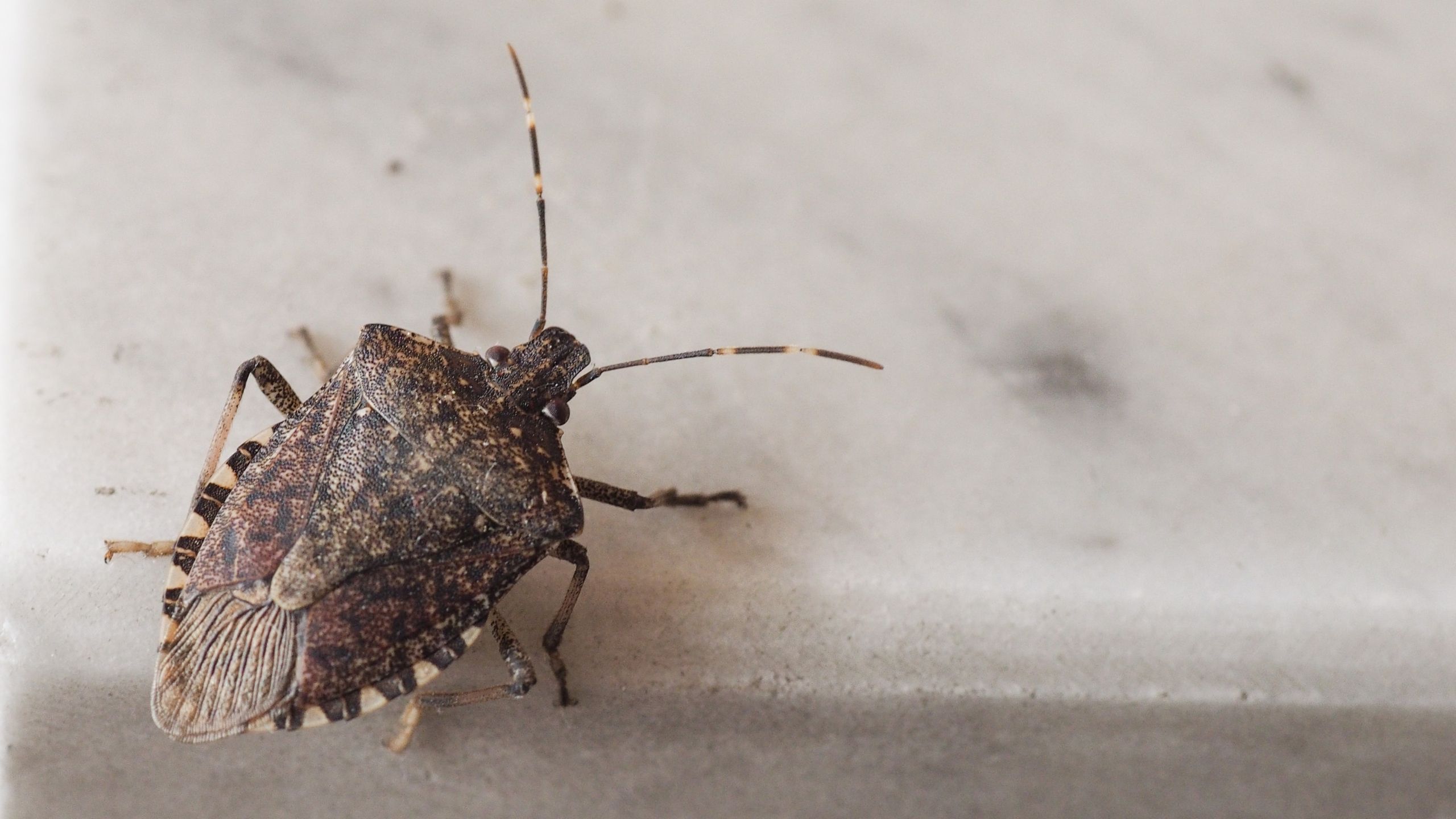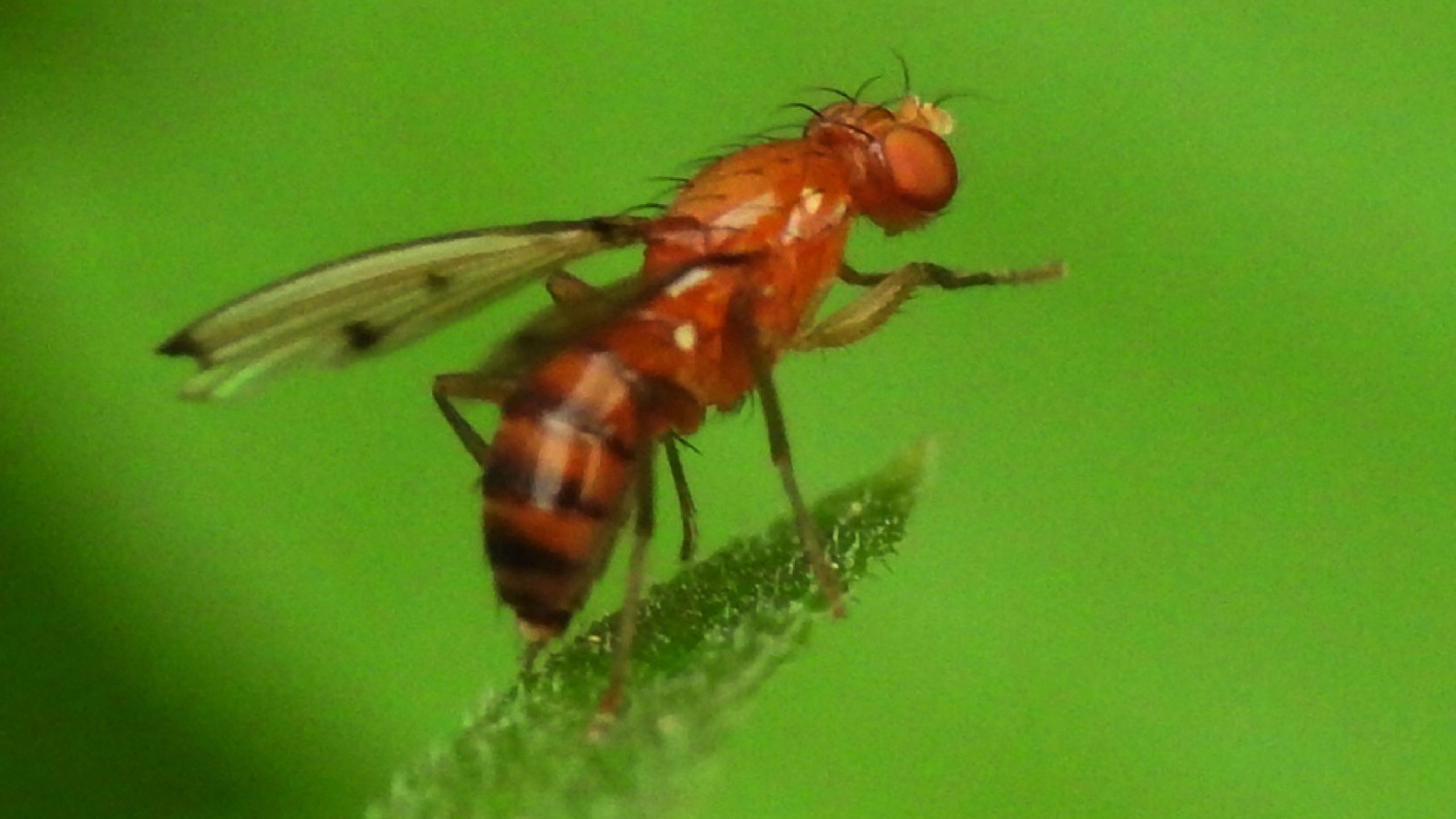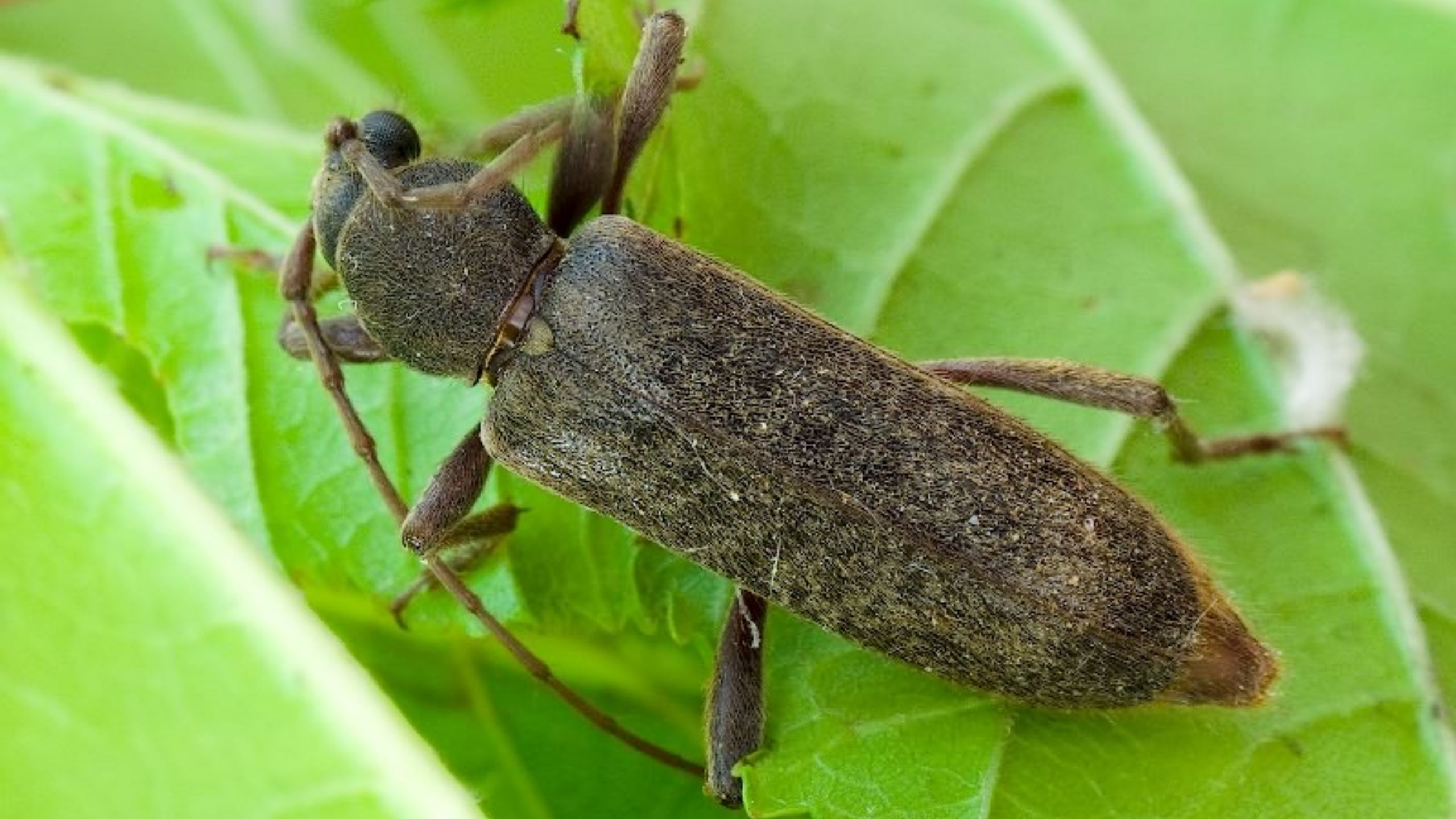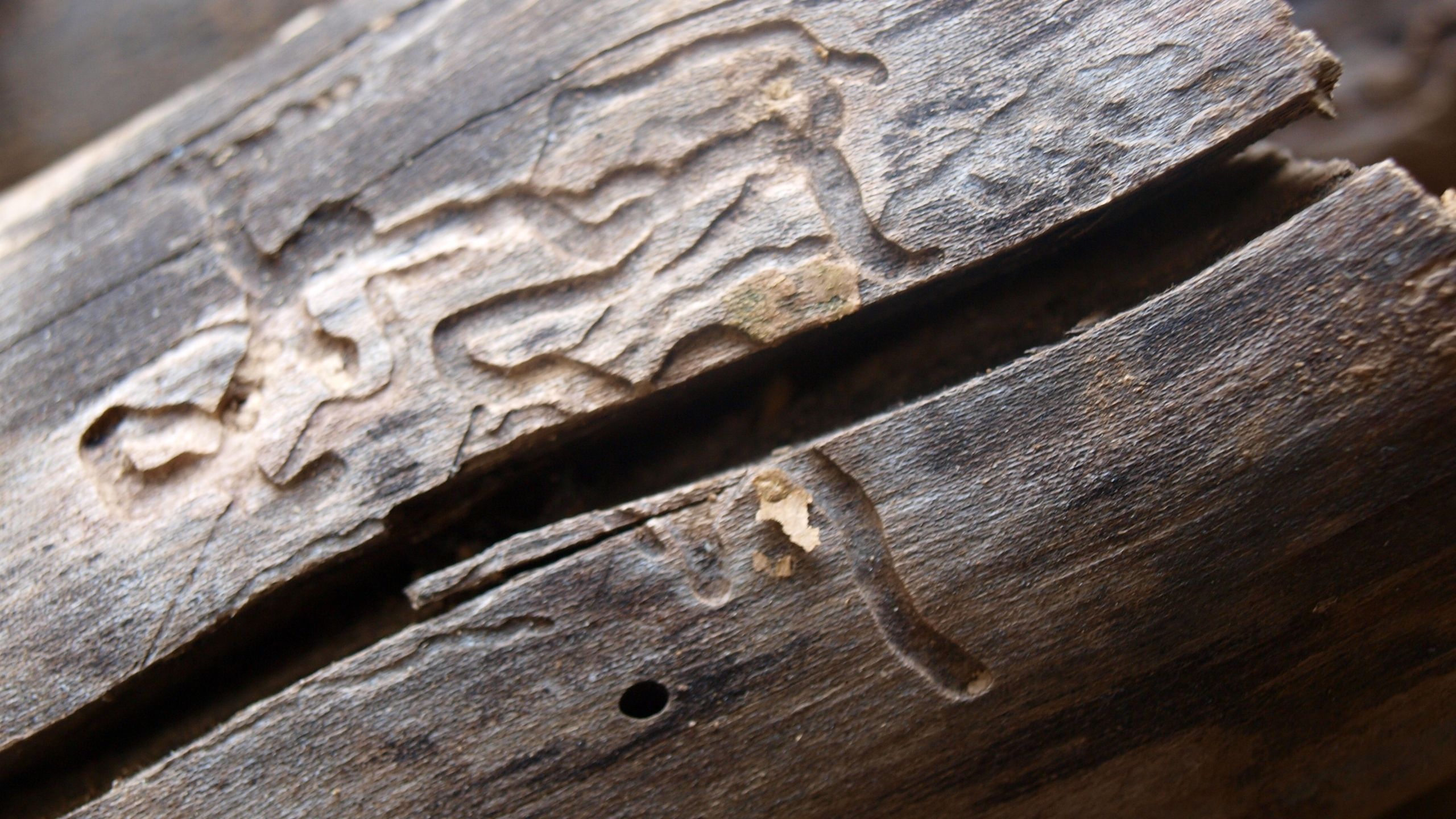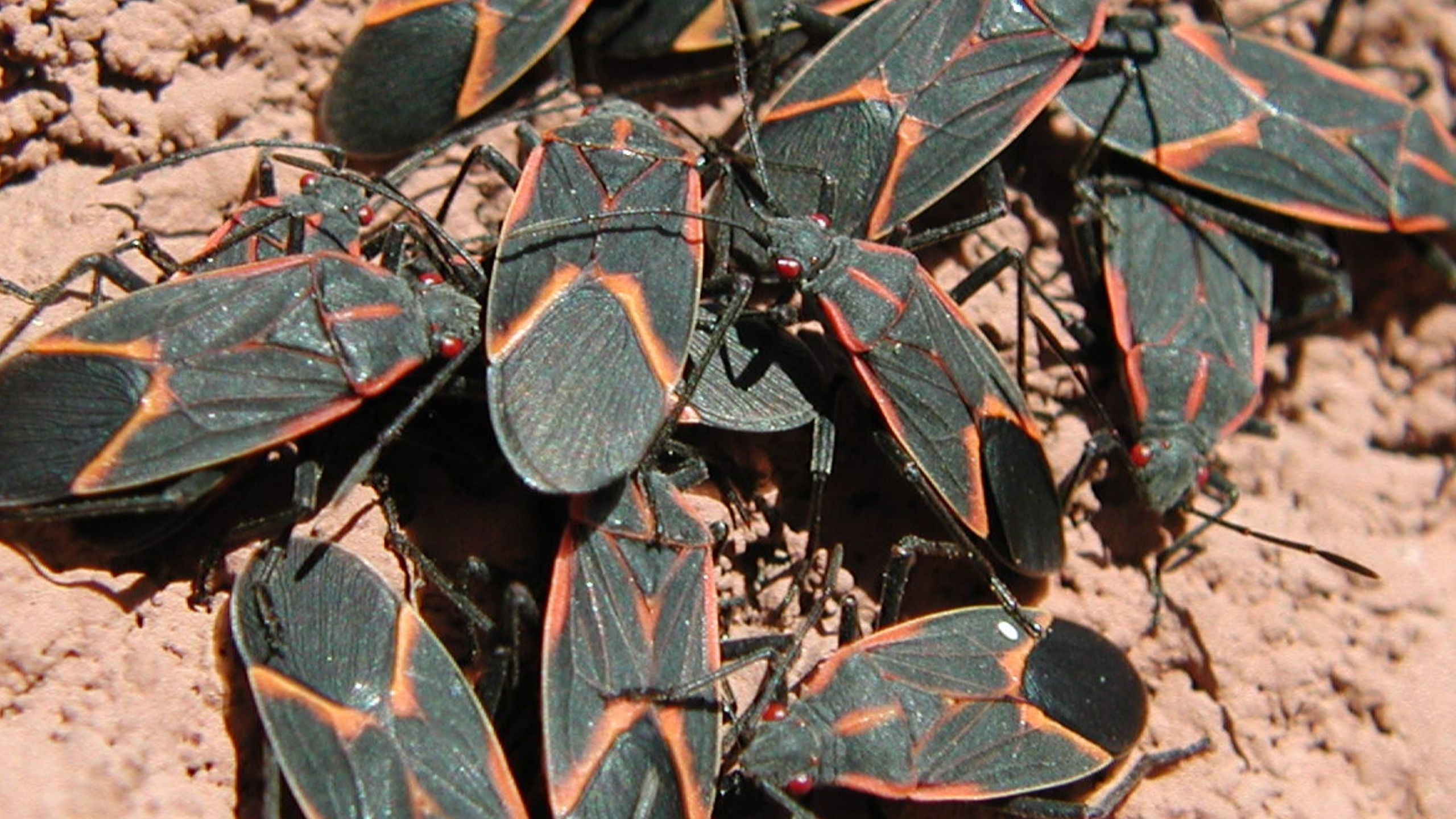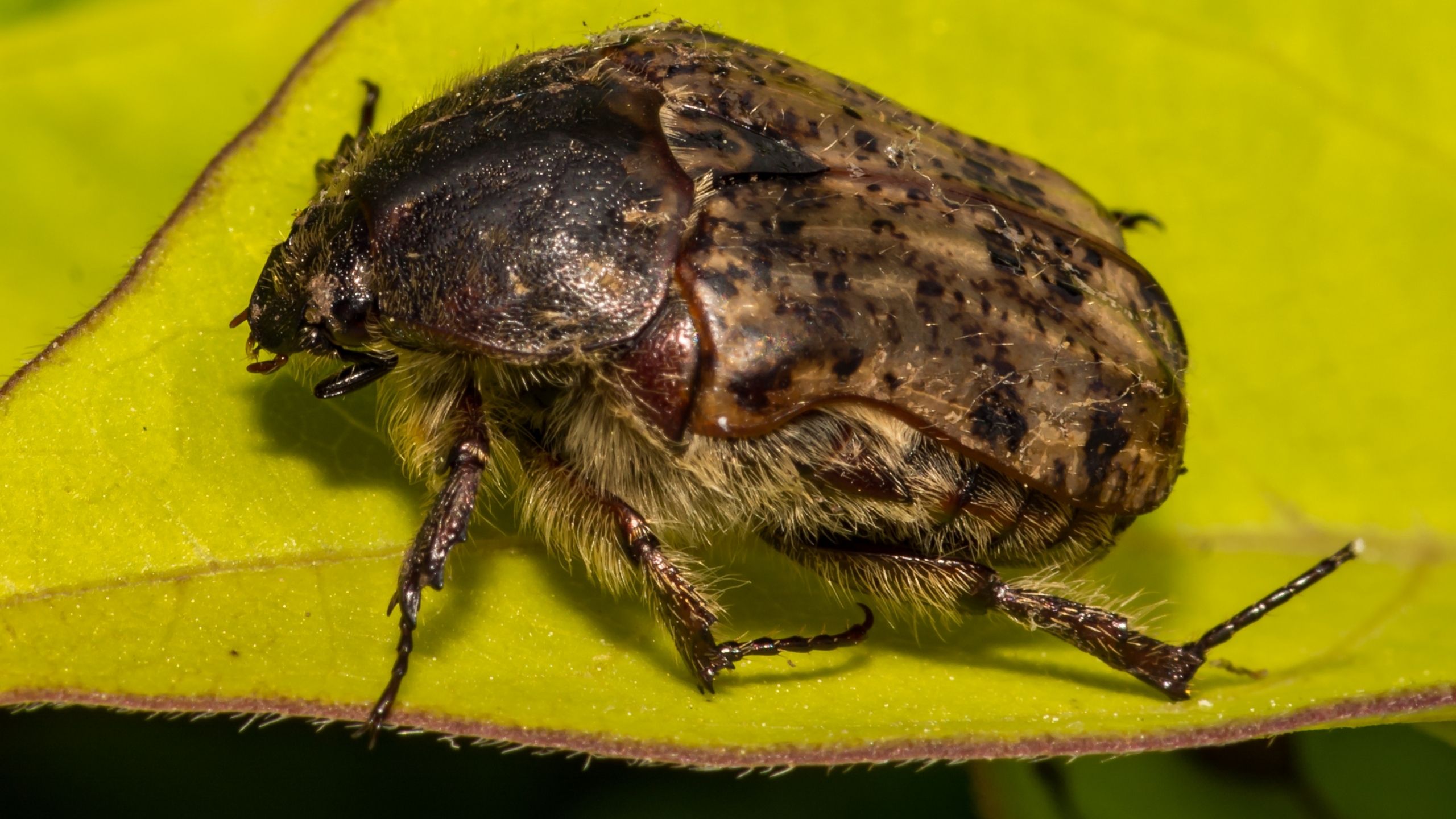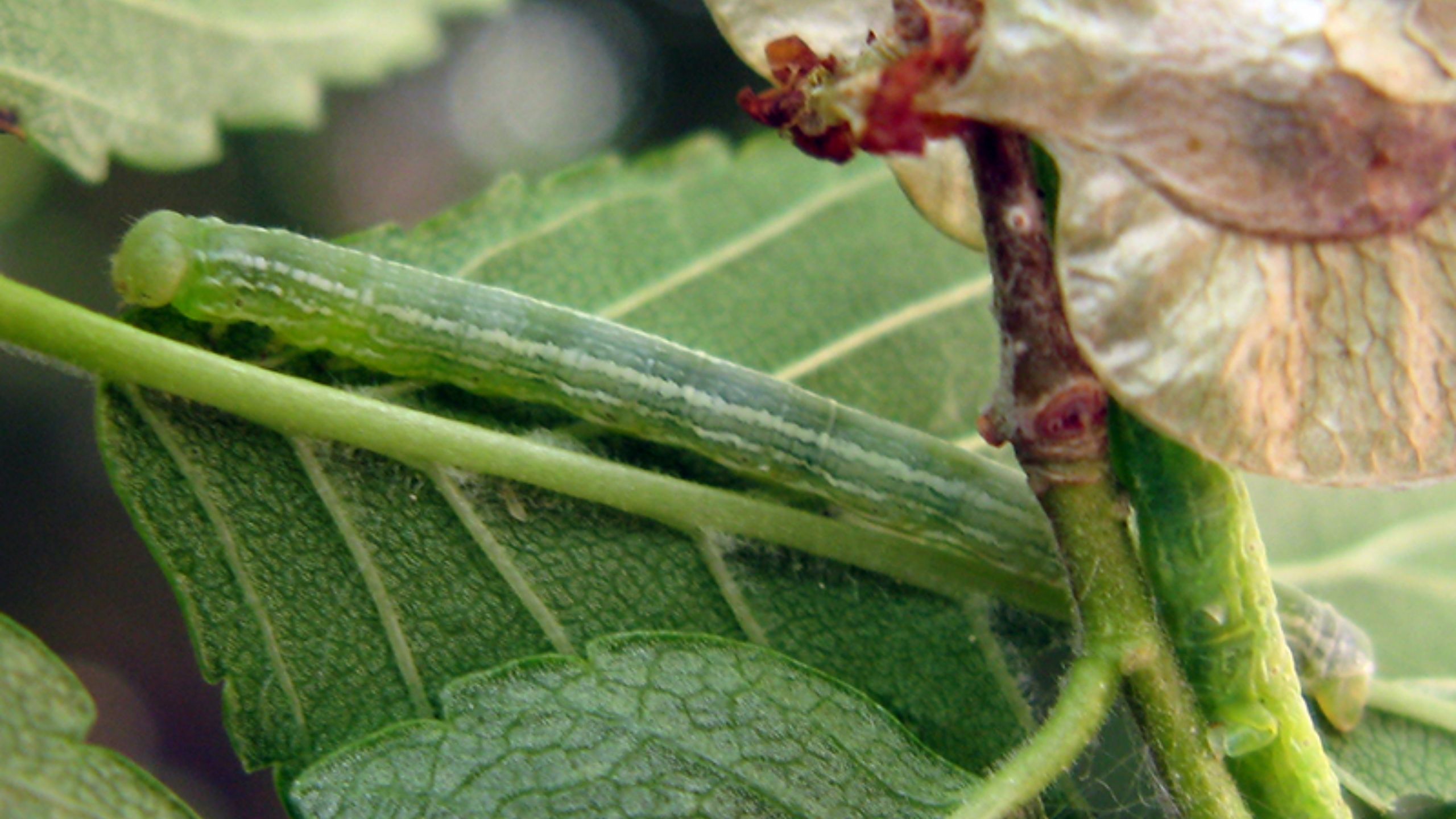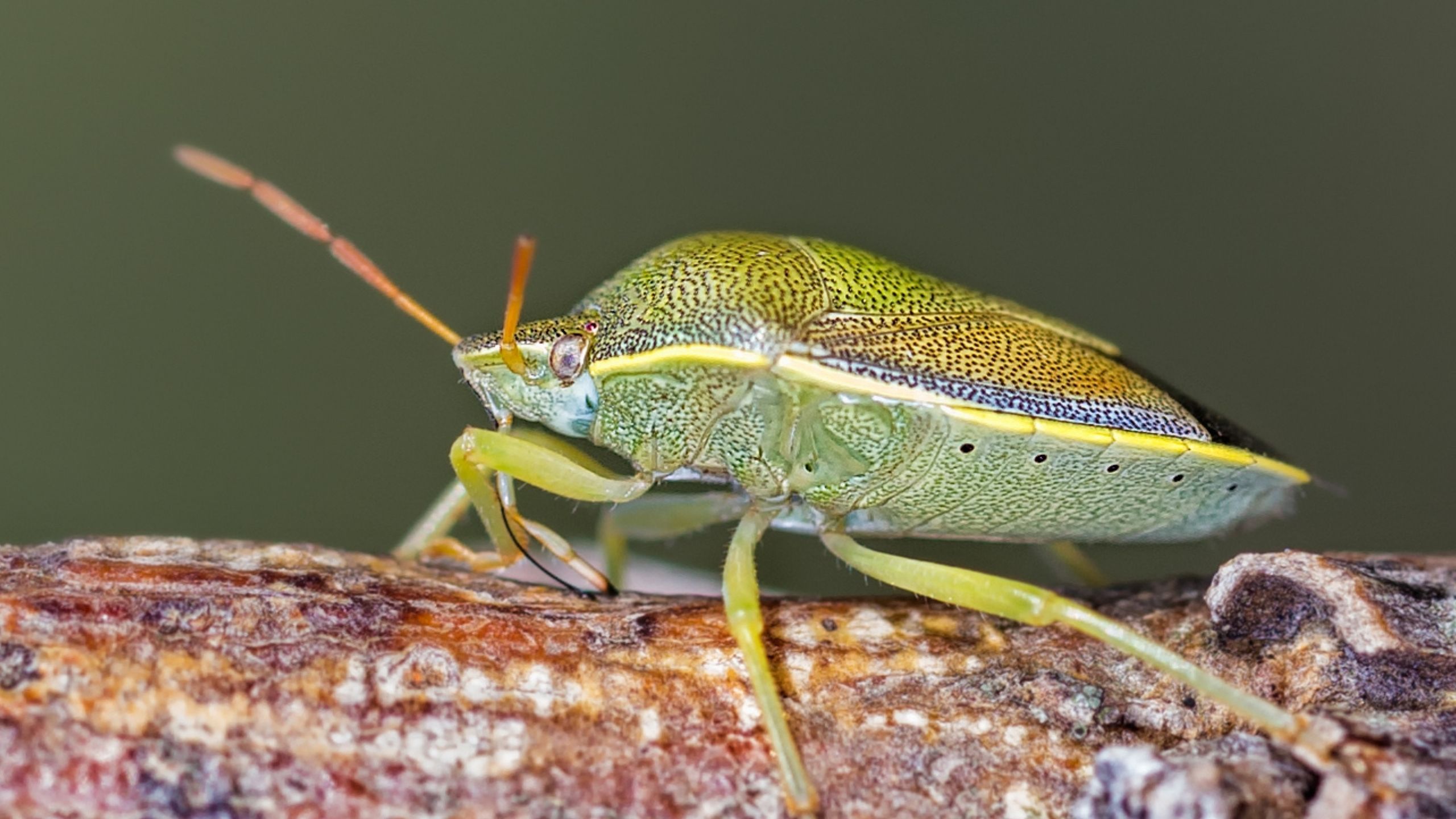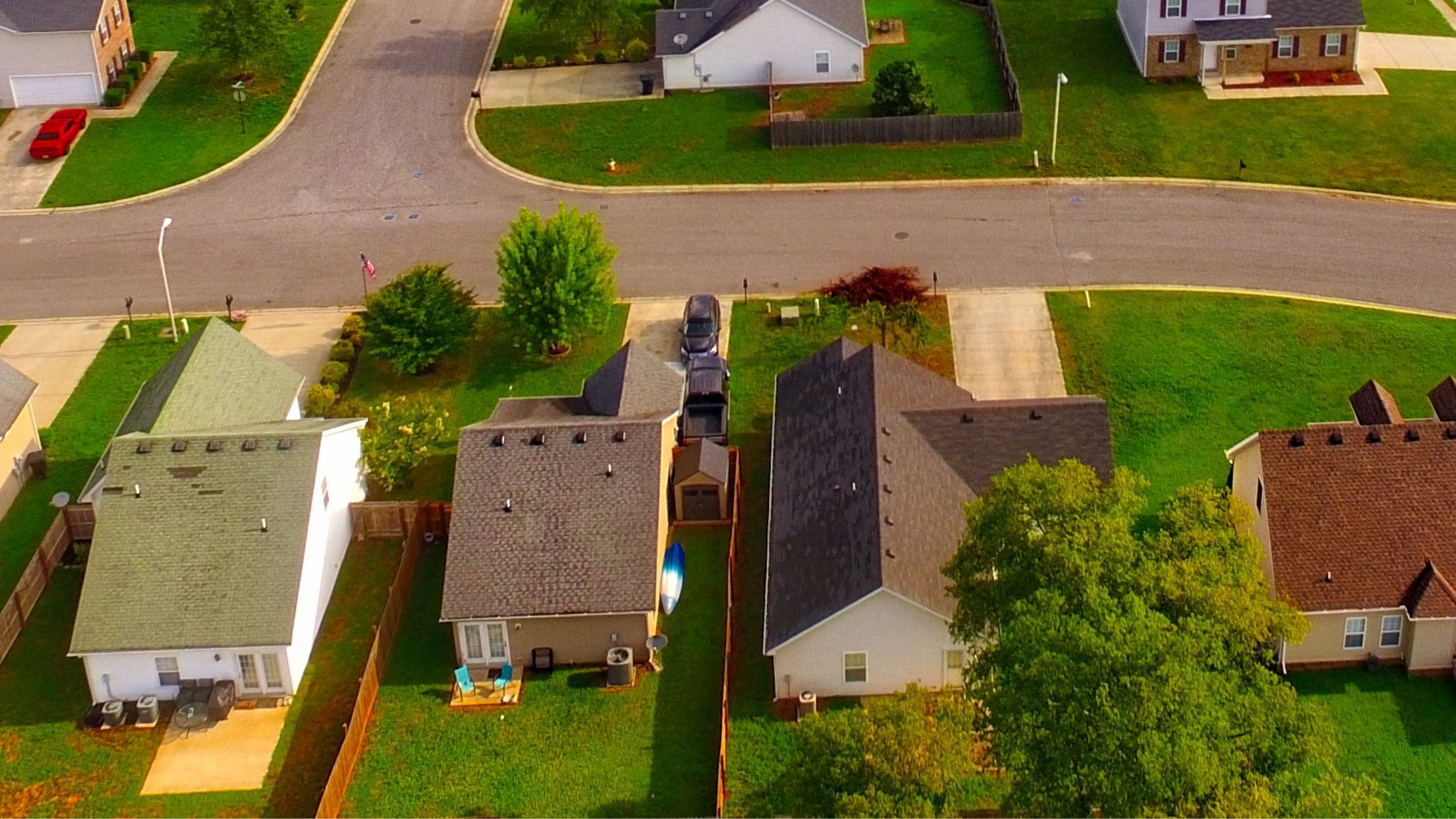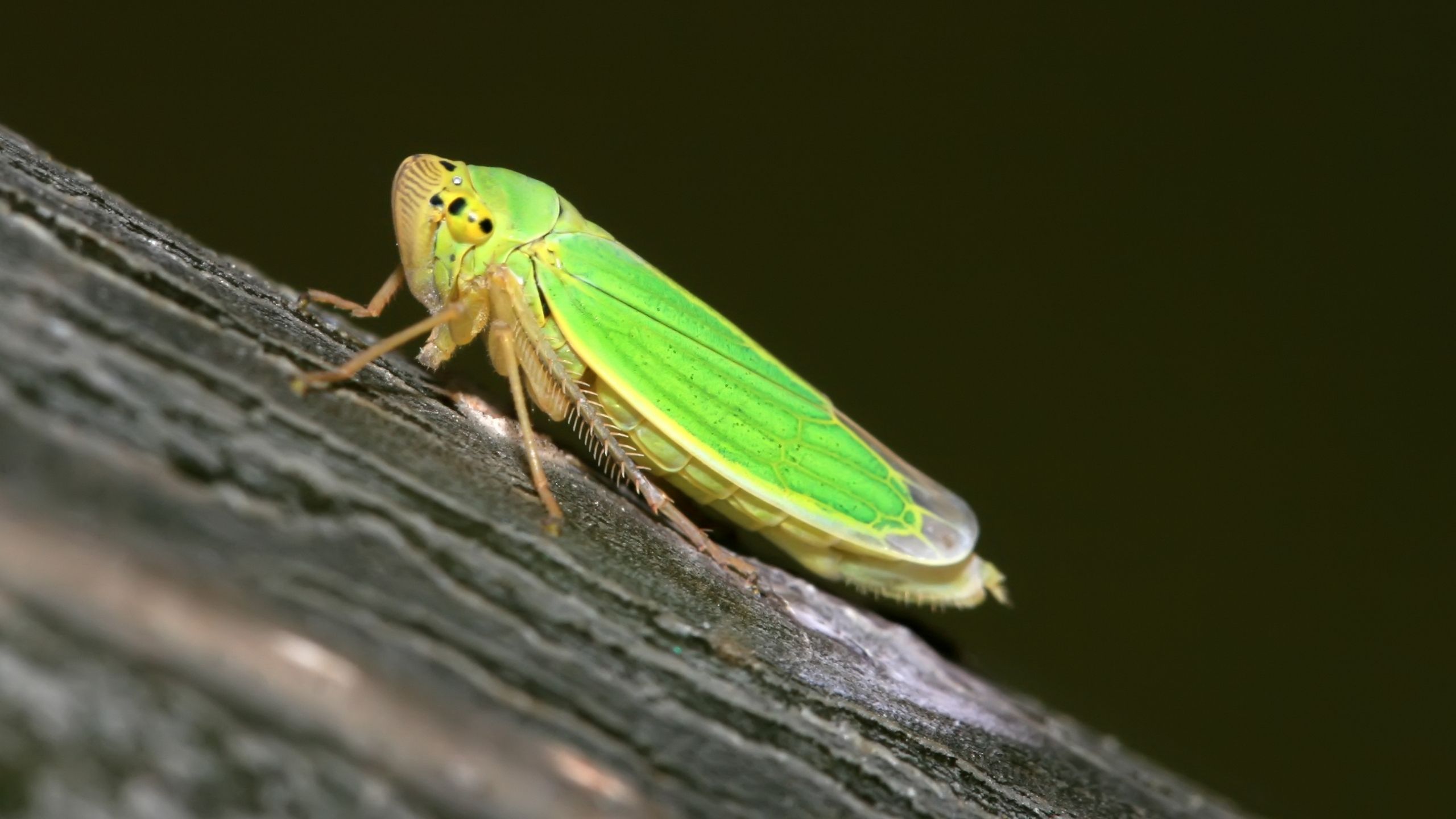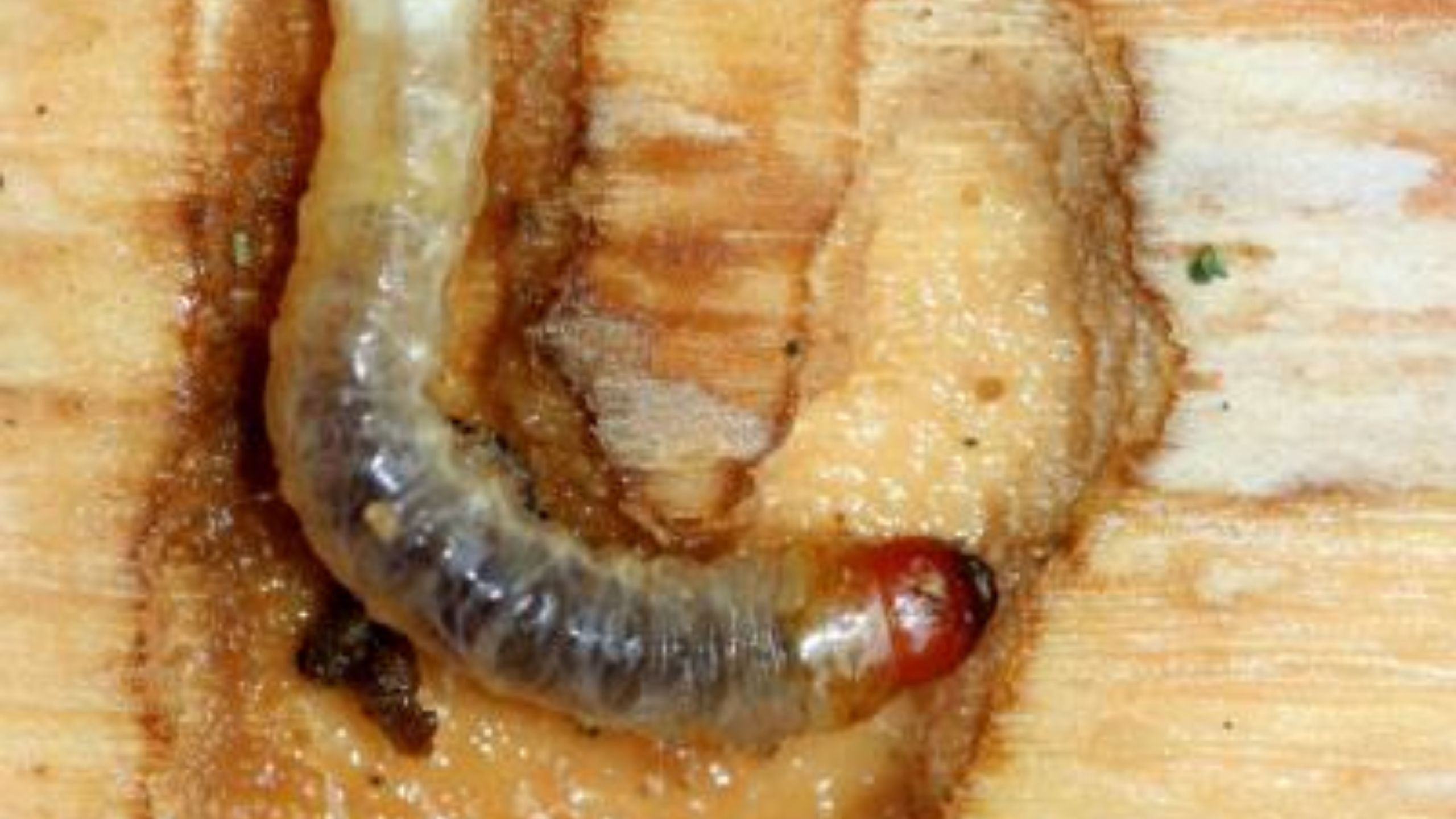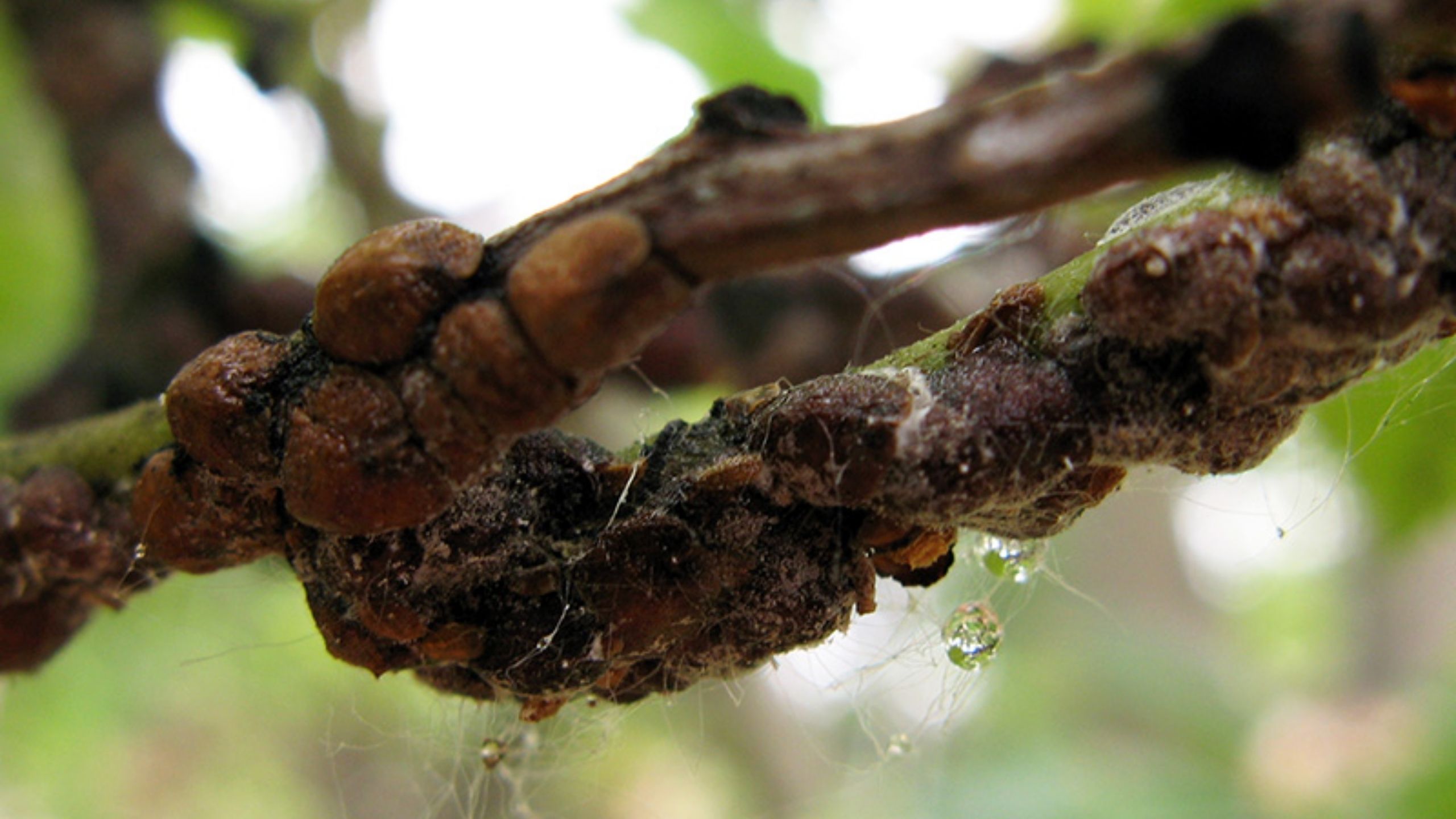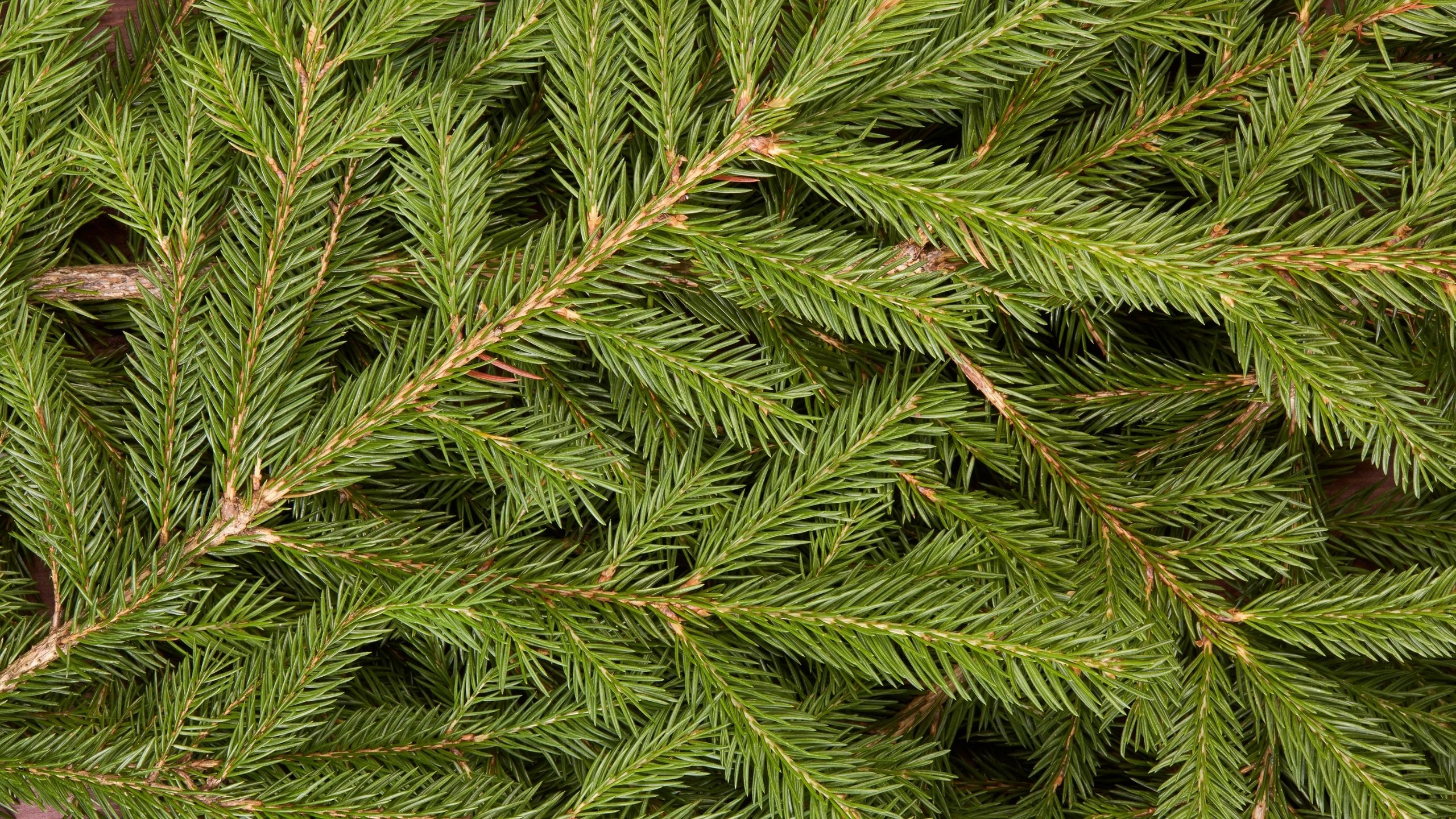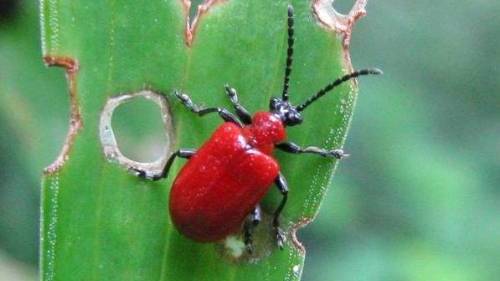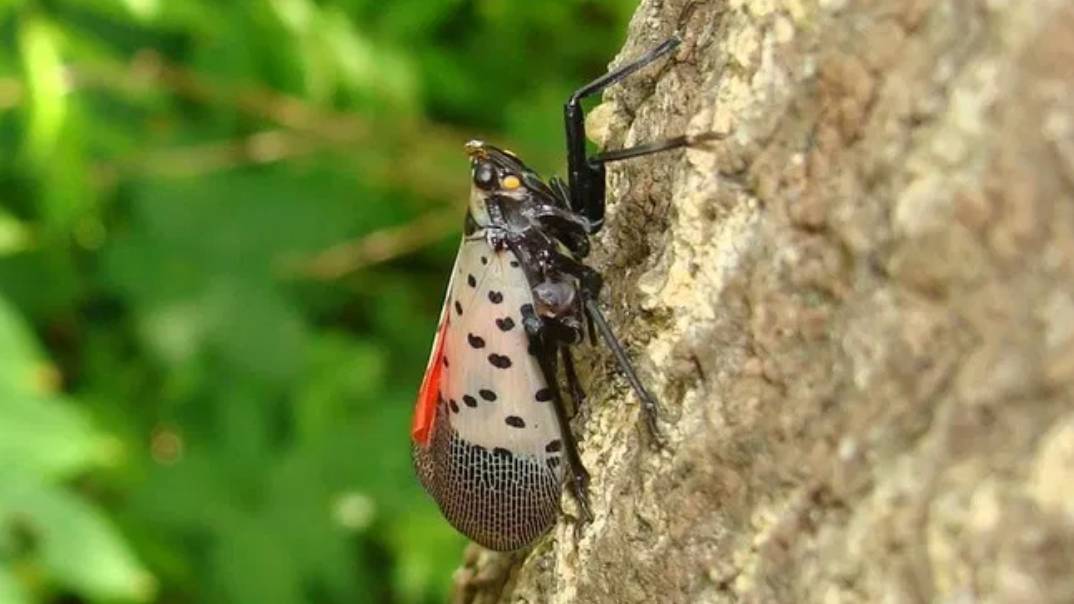Pacific and Appletree Flatheaded Borers
February 2014
Taun Beddes, Utah County Horticulture Agent • Marion Murray, IPM Project Leader • Michael Caron, Utah County Horticulture Agent
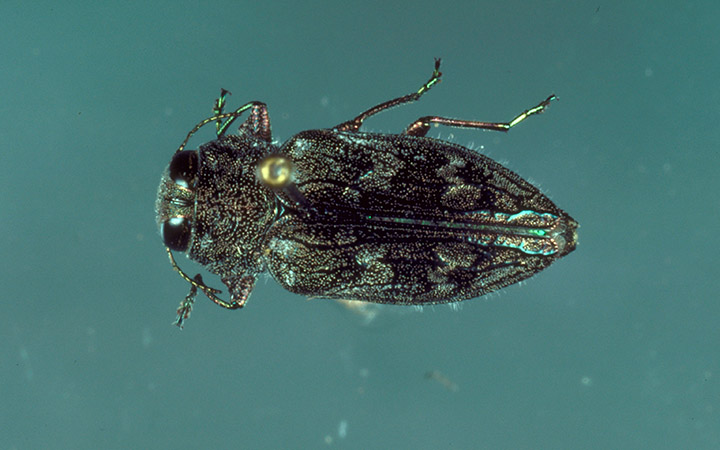
Fig. 1. Flatheaded appletree borer. Image courtesy of James Solomon USDA.
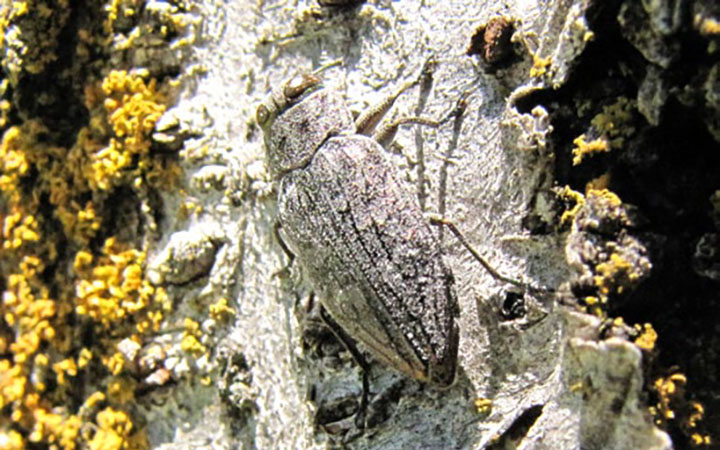
Fig. 2. Pacific flatheaded borer.

Fig. 3. Peak activity of Pacific flatheaded and flatheaded appletree borers in northern Utah.
Quick Facts
- Pacific flatheaded and flatheaded appletree borers are two wood-boring pests of many fruit and ornamental trees.
- The most susceptible trees are drought-stressed, newly planted, or those with trunk or limb wounds.
- Maintaining tree health is key to preventing infestation.
- Females lay eggs just under the bark or in deep bark crevices in sun exposed areas. Peak egg hatch occurs in late spring and summer.
- Larvae feed just under the bark in the cambium.
Trees that are under stress or that have bark wounds are most susceptible to attack by Pacific flatheaded or flatheaded appletree borers (Chrysobothris femorata and C. mali). Mature trees are not usually killed, but borer activity can weaken trees or contribute to eventual death. Newly planted trees are especially prone to attack the first three years after planting. They may be quickly killed due to larval feeding easily girdling the trunk. Maintaining healthy trees and disposal of infested wood are key to preventing spread of flatheaded borers.
Hosts
- Apple
- Beech
- Cotoneaster
- Linden
- Maple
- Oak
- Pear
- Stone Fruits
- Sycamore
- Willow
- Many other woody plant species
Life History
Both Pacific flatheaded and flatheaded appletree borers typically have a one year life cycle. Some larvae, however, may take up to 3 years to develop and emerge as adult beetles from trees.
Adult
- Size and color: Adult body length varies from ½ to ¾ inch long. The flatheaded appletree borer’s body is greenish bronze above and beneath. Its wing covers are marked by light, zigzag bands (Fig. 1). The Pacific species is brown with gray markings on the wing covers (Fig. 2).
- Shape: Adults of both species have oval heads and flattened, wedge-shaped bodies.
- When and where: Adult activity peaks in June and July in northern Utah; however, they may be present in lower numbers from late spring to early fall.
Egg
- Size and shape: Eggs are flattened and circular in shape with a diameter at approximately ¼ inch.
- When and where: Females deposit up to 100 eggs individually or in small groups in sun-exposed areas in bark crevices. Peak egg laying occurs in June and July in northern Utah (Fig. 3), although they may be laid at any point in the growing season. Eggs hatch in 15 to 20 days, and the larvae immediately bore into the bark.
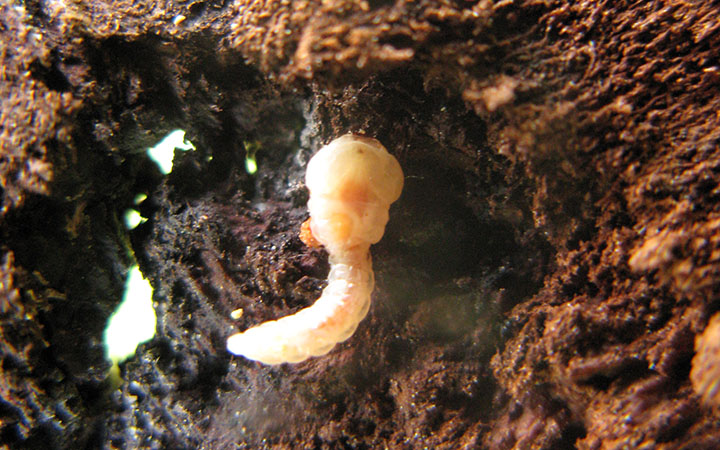
Fig. 4. Flatheaded borer larva.

Fig. 5. Flatheaded borer feeding galleries.

Fig. 6. Area of larval feeding may resemble a canker, with cracking and dying bark.
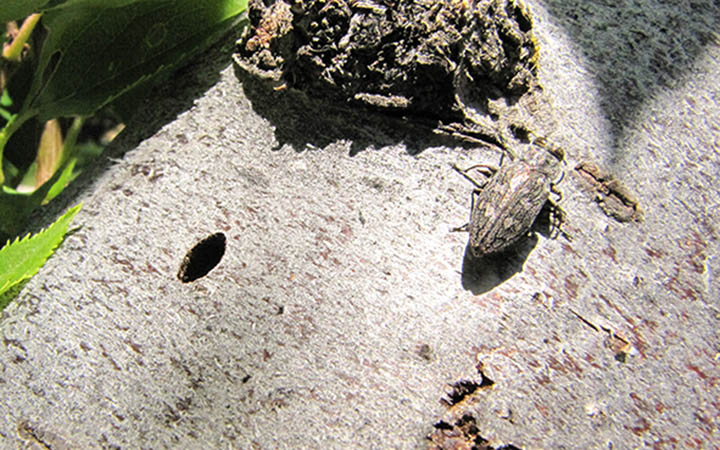
Fig. 7. Pacific flatheaded borer and oval exit hole.

Fig. 8. Trees with wounds such as sunscald are attractive to attack by flatheaded borers.

Fig. 9. Painting trunks of young trees with a mixture of 1:1 water-based latex paint and water will prevent winter injury.
Larvae
- Size and color: Larvae of both species are cream colored, legless, and vary in size from ¾ to 1¼ inches long (Fig. 4).
- Shape: The head, as well as the first segments just behind the head, are flattened and enlarged. This characteristic gives the insect its name.
- When and where: Larvae are most commonly present in host trees from July to spring of the following year. Pacific flatheaded borer larvae overwinter just under the bark or in the sapwood. Flatheaded appletree borer larvae overwinter either in the sapwood or in the heartwood.
Pupae
- Size and color: Pupae of both species are ½ to ¾ inches long. They are pale yellow and may later turn brown.
- When: Most individuals of both species pupate from May to June and some pupate and emerge into early July (northern Utah).
Symptoms and Monitoring
Adults may sometimes be seen on the sunny sides of tree trunks during the summer, but monitoring for this pest by searching for adult emergence and activity is not practical.
Instead, monitoring should focus on visual examination of vulnerable trees for symptoms.
Look for:
- sap oozing from under the bark of fresh wounds on the trunk and lower limbs
- splitting, peeling, or flaking bark
- lumpy, water-soaked areas of the bark that occur above larval feeding sites
- hard-packed frass (sawdust-like waste material) under flaking bark, or in winding tunnels (Fig. 5)
- wounds or sunken areas of the bark where larvae have killed the cambial wood underneath (Fig. 6)
- oval or D-shaped exit holes on the bark (Fig. 7)
Prevention and Control
Cultural Methods
Most infestations can be prevented by good planning before purchasing a tree, and using correct horticultural practices during and after planting. Some considerations include:
- Cultivar and Species Selection: Select tree species and cultivars that are well-suited to your growing site. Avoid trees that are susceptible to any major diseases, pests, or that have other problems such as weak or brittle wood. Determine whether the tree is hardy for the region, and its watering requirements.
- Soil: Healthy soil is essential to growing healthy trees. When in doubt, soil test. For more information on soil testing, access the Utah State University Analytical Laboratory website.
- Site Selection: Certain site factors play a role in how well a tree will perform. Is the site prone to late or early frosts? Does it receive adequate sunlight? Is it a windy site? Avoid planting in turf, which competes with tree roots for nutrients and has different irrigation needs. Additionally, trimming turf close to tree trunks almost always results in bark injury from mowers. Whenever possible, plant trees in separately irrigated beds.
Even though it is not ideal to plant trees in turf, it is commonly done. To maximize tree health, remove turf at least two feet in all directions from the trunk. It is fine to leave soil bare or cover with organic mulch, as long as mulch is not piled against the trunk. Avoid planting any other plants in the clear area around the base of trees.
- Plant Correctly: Improper planting, especially planting too deeply, and not preventing girdling roots, are among the most common factors that contribute to tree stress. Access this fact sheet for correct planting procedures.
- Water Deeply: Tree roots penetrate more deeply into the soil than turf roots, and most trees stay healthier when they are allowed to dry out moderately between irrigations. For established trees, irrigate deeply (allowing penetration to 2 feet) every two to four weeks, depending on the species and rainfall.
- Prune Correctly: Incorrect pruning increases susceptibility of trees to borers. For more information on pruning fruit trees, check out “Pruning the Home Orchard”. For more information on pruning shade and ornamental trees, check out “Pruning Landscape Trees”.
- Prevent Bark Injury: Damaged bark provides an attractive place for flatheaded borers to lay eggs. The two most common causes of bark injury are from physical wounding and winter sun scald (Fig. 8). Sunscald occurs during late winter when sun-exposed bark is heated during warm daytime temperatures and then frozen during frigid night time temperatures. When this happens repeatedly, the bark dies, leaving a large vertical wound, sometimes not visible until years later.
Young trees with thin and dark bark, including ornamental and fruit trees, are most susceptible. To prevent sunscald, wrap tree trunks with white tree wrap in late fall, from the base of the tree to the lowest limbs (remove the wrap in early spring). Trunks may also be painted with a 1:1 mixture of white latex paint and water (Fig. 9). Do not paint trunks with acrylic or oil-based paint, as this can harm or even kill the tree.
Insecticide Options
Healthy trees are either not attacked, or are able to kill larvae with excess sap flow. However, when an infestation has been identified, an insecticide may be needed to prevent additional attacks. One option is a bark spray that will kill newly-laid eggs. Insecticides such as carbaryl, permethrin, or bifenthrin may be applied when adults first start emerging. Since peak egg laying occurs from early June through July (in northern Utah), this is the most critical period to use one of these products.
Besides bark sprays, another option is a soil drench with a systemic insecticide such as imidacloprid or dinotefuran.
These products target the larvae inside the tree, and are best applied in spring (when leaves begin emerging from buds) to allow time for the tree to take up the material. For fruit trees, check the label to see if your tree is included.
Long term application of any insecticide is not practical or cost-effective. With this in mind, these insecticides should only be used as a temporary tool and as part of a comprehensive program to improve tree health.
Precautionary Statement: Utah State University Extension and its employees are not responsible for the use, misuse, or damage caused by application or misapplication of products or information mentioned in this document. All pesticides are labeled with ingredients, instructions, and risks. The pesticide applicator is legally responsible for proper use. USU makes no endorsement of the products listed herein.
References
University of California Agriculture and Natural Resources. 2009. Pacific Flatheaded Borer on Apple. University of California Davis. Davis, CA.
Vera Krischik and John Davidson. 2013. Pests of Trees and Shrubs: Pacific Flatheaded Borer. In: IPM of Midwest Landscapes. University of Minnesota. Minneapolis, MN.
Homan, H. 2013. Pacific Flatheaded Borer. Washington State University. Pullman, WA.
Oliver, J., et al. 2010. Evaluation of a single application of neonicotinoid and multi-application contact insecticides for flatheaded borer management in field grown red maple. Journal of Environmental Horticulture. 28(3):135-149.
Troxclair, N. 2005. Managing Flatheaded Appletree Borer. Texas Agri Life Extension. The Texas A&M University.


